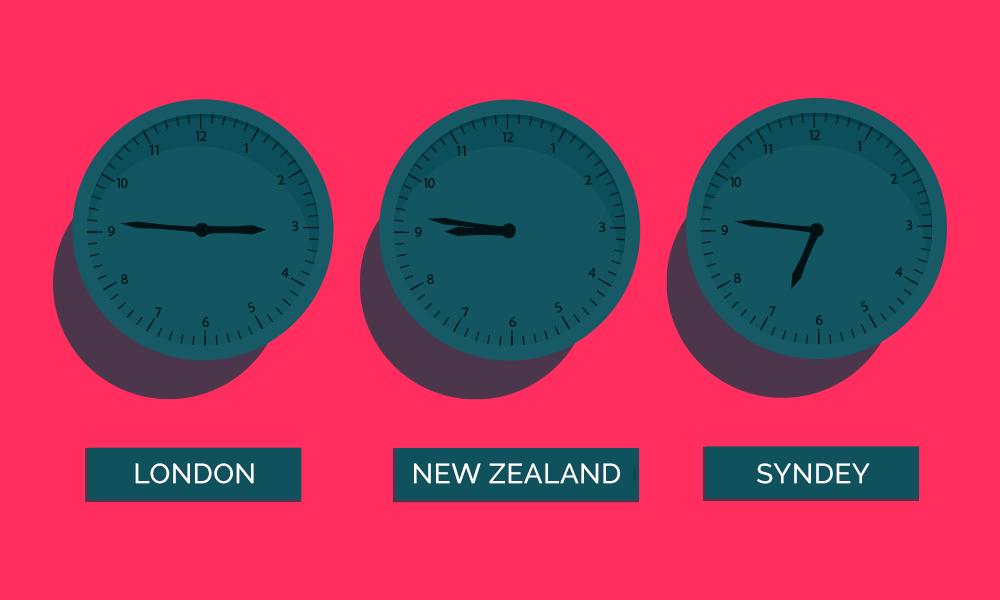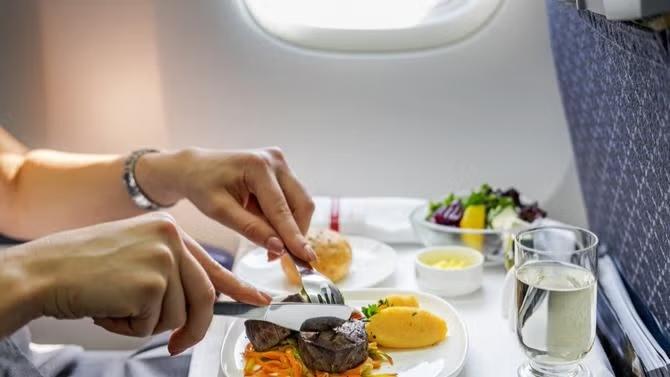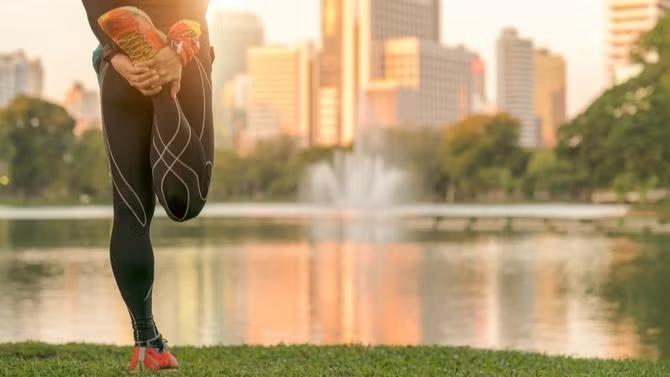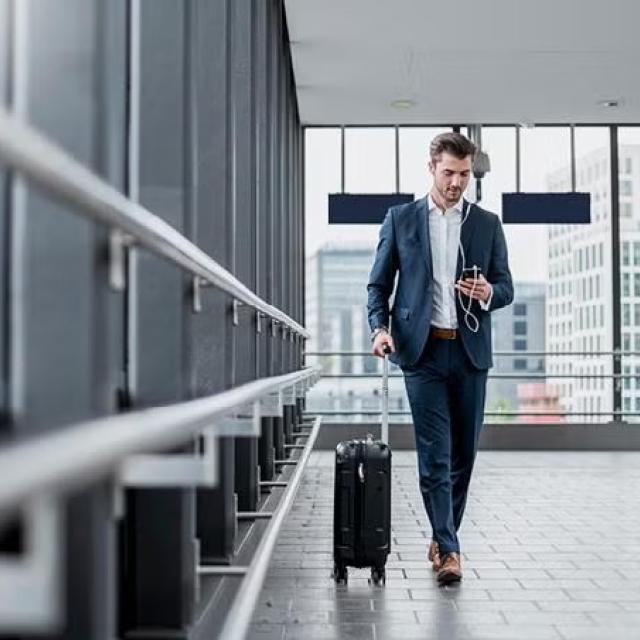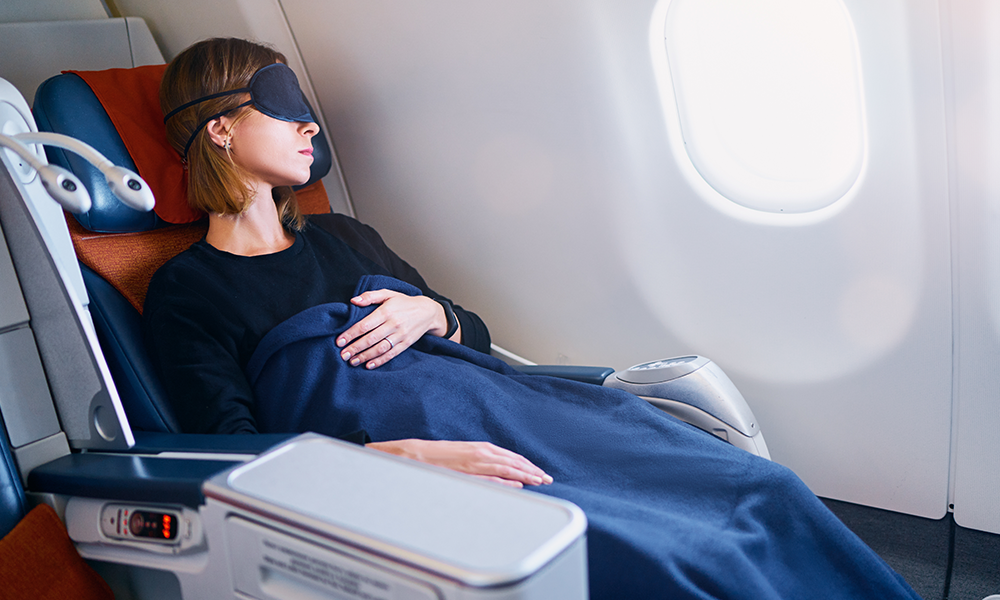
How to survive long-haul flights and beat jet lag like a pro
Jet lag. We’ve all been there: stumbling off a flight, feeling like a zombie, and wondering why your brain thinks it’s 3 a.m. while you’re eating lunch. That nasty mix of exhaustion, grogginess, and a body clock that’s completely out of whack after hopping time zones.
About Flight Centre Travel Group
The Flight Centre Travel Group is one of the world’s largest travel retailers and corporate travel managers. The company, which is headquartered in Brisbane, Australia, has company-owned leisure and corporate travel business in dozens of countries, spanning Australia, New Zealand, the Americas, Europe, the United Kingdom, South Africa, the United Arab Emirates, and Asia. ASX listed Flight Centre Travel Group (FLT) also operates the global FCM corporate travel management network, which extends to more than 100 countries through company-owned businesses and independent licensees, along with Corporate Traveller, the flagship business specific to the small-to-medium-sized enterprise sector. For more information, visit fctgl.com.
